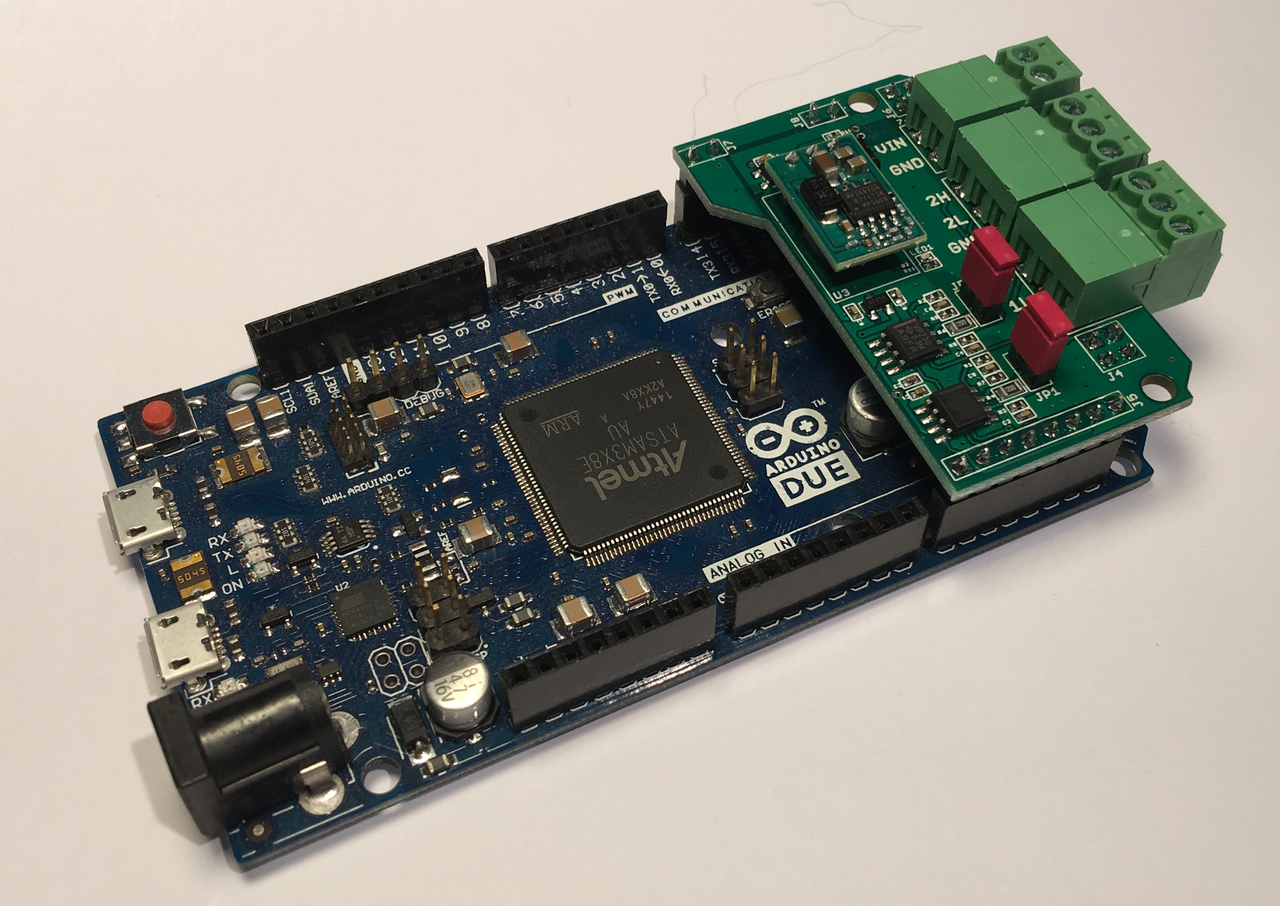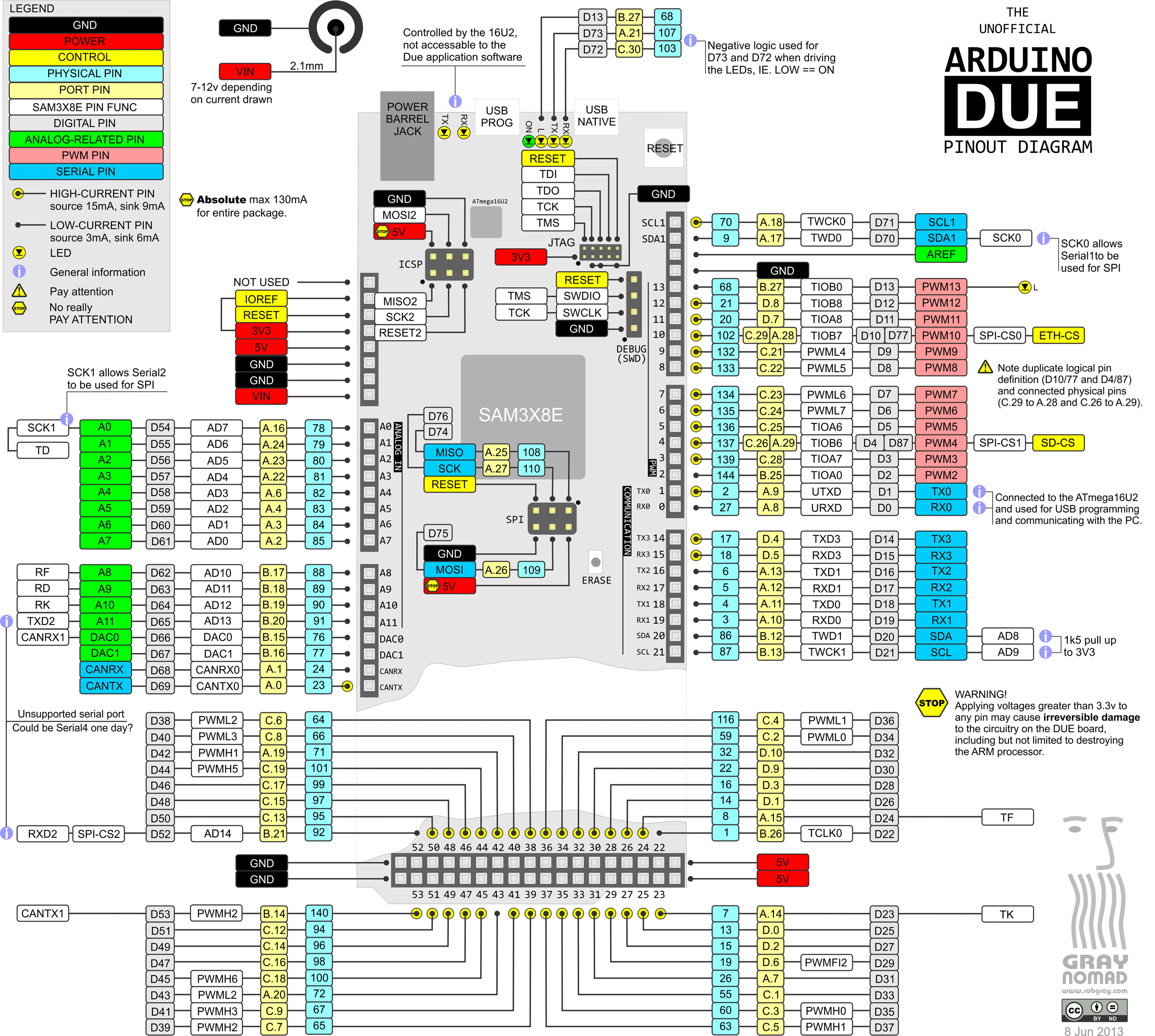

Arduino due core serial#
Two digital to analog converter with 12bit resolution.Įrases the information by holding down this buttonĪll 54 pins can be used for generating an external interruptīoard comes with 4 pairs of TX and RX serial pins for laying out serial communication. These pins are used for an analog pins on the board. There are 54 digital I/O pins, out of which 12 can be used as PWM outputs. The function associated with each pin will help you understand the purpose of each pin in the relevant project they can be used for.įollowing table shows the description of each pin. I know it is quite overwhelming and difficult to digest at one glance, but don't you worry I have broken it down in the pin description with images.In this section, I'll highlight the pinout of the chip.įollowing figure shows the pinout of Arduino Due. Now, you have got a hold of the main features of this module. I have compiled the main features of this device at one place.įollowing table shows the main features of Arduino Due. You have got a brief overview of the device. However, the shields that come with Arduino R3 layout work efficiently including Arduino WiFi shield and Ethernet Shield as they operate at 3.3V. As per the voltage constraint, Arduino shields that operate at 5V are not compatible with this Due module.Bunch of functions, making your task easy. This module incorporates 2 DAC (digital to analog), 2 TWI, a power jack (you can power up the device by connecting it with a computer through USB cable or using this power jack), an SPI header reset button, an erase button and reset button.
Arduino due core software#
The Arduino Due can be programmed using a common Arduino Software (IDE), that is compatible with all Arduino boards and can work both ways: online and offline.



In this post, I'll cover each and everything related to Arduino Due i.e.
Arduino due core code#
You just have to write and compile the required code into the Arduino Software and burn in the module through a single click on the computer. Also, no external burner is required for Arduino, as it comes with a built-in burner. Although, more or less, they are known are microcontrollers, they have a leg over them because of built-in peripherals and an ability to perform a number of functions on a single chip. Arduino Boards has made things easy more than ever before. If your project is mainly based on a microcontroller, you need to buy external peripherals and connect them with the controller in order to lay out an automation into your project. You can just plug the device into the computer through a USB cable and start playing with it right away.Īrduino Modules are a step ahead of a single microcontroller. It is developed by with the intention to provide an easy pathway for the beginners to get a hands-on experience with the module without any prior technical knowledge. Today, I'll uncover the details on the Introduction to Arduino Due. It is a microcontroller board based on Atmel SAM3X8E, 32-Bit ARM microcontroller. Hey Fellas! I am back to give you a daily dose of useful information.


 0 kommentar(er)
0 kommentar(er)
